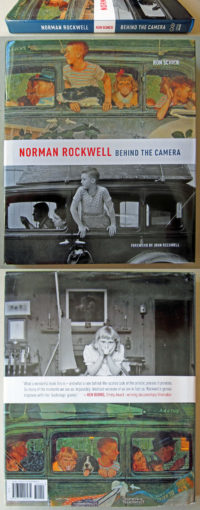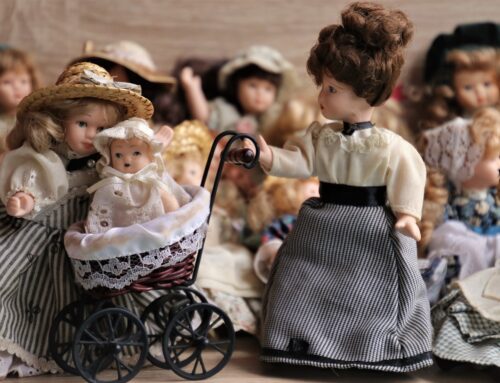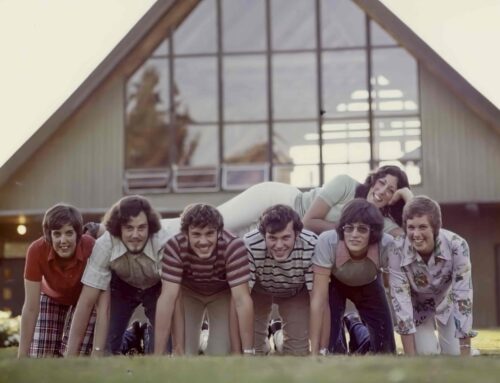
America’s Beloved Painter
I have always loved Norman Rockwell’s paintings, especially his magazine covers from my childhood. Since reading Ron Schick’s book, Norman Rockwell: Behind the Camera, I have an even greater appreciation for him. Schick tells the story of many of Rockwell’s paintings by showing just a few of the photos from which he worked.
Rockwell’s paintings capture a moment in time, yet tell an entire story. Take the Going and Coming series (see it to the left) that appeared on the cover of Saturday Evening Post on August 30, 1947. The photographs are some that he used in preparing the series. Even a casual look at the pair of paintings tells you that the family set out fresh and excited for a day at the beach and returned after dark, all used up. Only Granny seems to have been unaffected by the excitement of the day. Indeed, Rockwell used the same photo to capture her for both paintings.
The characters that piled into the car that morning and those that appeared in other paintings were precisely that — characters. They were neighbors, children of friends, professional models and, often, Rockwell and his family. When he was painting Maternity Waiting Room for a 1946 Post cover he had to travel to New York City to find subjects who could display authentic anxiety. None of the men in Arlington, Vermont, were stressed enough to make believable models!
Staged for the Camera
The front flap of Schick’s book tells us, “What most people do not realize…is that virtually everything and everyone that Rockwell painted from the 1930s onward was first elaborately staged for the camera.” And that is what I found to be so fascinating about this book.
In the pages of Behind the Camera we are able to see into Norman Rockwell’s studio and glimpse his models posing for the paintings we love. Whether he hauled a rowboat into his studio (as he did for an unpublished calendar illustration in 1956), or staged a circus audience with his models on dining room chairs atop a library table (Circus, a 1955 advertisement), he worked to make his paintings authentic. The photo to accompany his 1976 painting entitled Liberty Bell, depicts Rockwell attaching a Happy Birthday banner to a barrel on a table. Simulating people walking or dancing required awkward positions with one foot propped on a stack of books or twisted sideways on top of an upended apple crate.
Even a Picture of Feet
I was intrigued by Boy in a Dining Car, a 1946 cover for Saturday Evening Post. A young boy sits at the table in the dining car, holding his change purse and studying the menu, while the waiter stands by patiently. Seventy-three photographs survive from this series, with four different models used for the boy. I wondered why there was a separate photo for the waiter’s feet. According to Schick, “The model for Rockwell’s waiter was a veteran New York Central dining car employee. The narrow confines of a sidetracked New York Central Railroad car prevented the photographer from positioning his camera far enough from the waiter to capture his full stature in a single shot.”
The Gossips, probably my very favorite of his paintings, was done for a 1948 cover, and features many of Rockwell’s neighbors. In the painting, fifteen different subjects, including Rockwell and his wife, enjoy a good bit of gossip as it travels from person to person, returning to the woman who started the story. When the painting was finished the editor of Post, Ben Hibbs, was unconvinced that these people were real, until Rockwell introduced them to Hibbs.
Norman Rockwell’s work spanned sixty-five years and appeared on the covers of seventy-nine magazines, in addition to the 323 covers he did for Saturday Evening Post. More than 18,000 black-and-white photos from which he worked are archived in the Norman Rockwell Museum in Stockbridge, Massachusetts.
Ginger





Leave a Reply